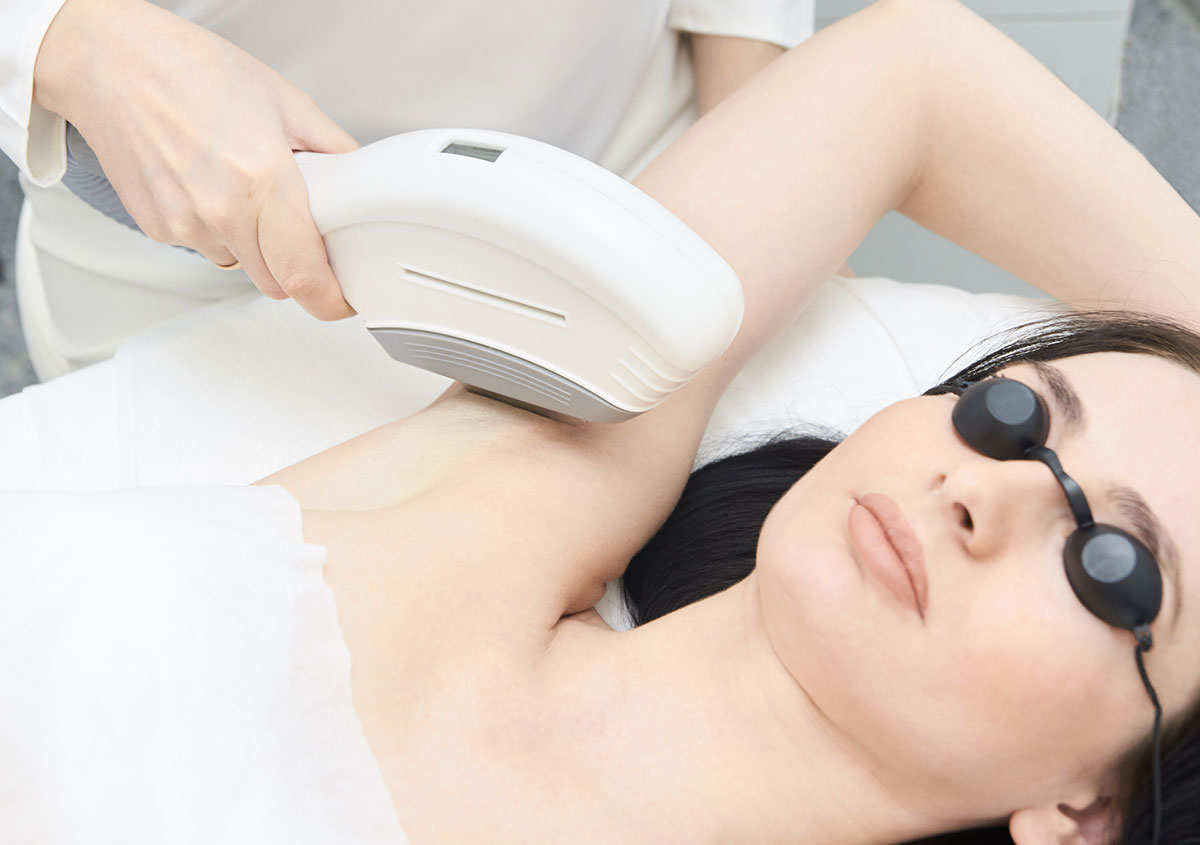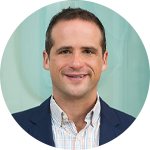
05
Jan
Hair Removal Treatment with BroadBand Light Therapy: A Guide

Have you thought about the psychosocial impact of too much hair? If your hair grows in unwanted places this may be a source of embarrassment. Did you know that hair removal is the fourth most common minimally invasive procedure performed?
You don’t have to try and find ways to cover excess hair or spend hours removing it. Today, BroadBand Light therapy offers a quick, comfortable method for hair removal treatment. Is it time to find a long-term solution and increase your self-confidence?
Keep reading to learn more about this method of getting rid of unwanted hair.
Reasons People Seek Hair Removal
Most individuals have experienced undesired hair growth to some extent. Many women regularly shave their legs and armpits as part of routine hygiene. This practice is often dictated by societal norms.
Other individuals have hormone or genetic factors that lead to extra hair growth. This may impact their self-esteem and social interactions. People also have hair removal for cosmetic purposes to achieve their desired look.
The following provides an overview of some conditions associated with abnormal hair growth.
Hirsutism
Females who have high androgen (male) hormones often develop hirsutism. This describes excessive “male” pattern hair growth.
For example, they grow hair on their upper lip, chin, chest, back, stomach, and groin. This hair is usually coarser, thicker, and darker than normal.
Hirsutism is often found among women who are in their 20s and 30s. Ethnic or genetic factors may play a role in this condition. It’s common for hirsutism to occur among female family members across generations.
Some medications can cause unwanted hair growth. Examples include:
- Anabolic steroids
- Danocrine® (Danazol)
- Dilantin®) (Phenytoin)
- Glucocorticoids
- Loniten® or Rogaine® (Minoxidil)
- Sandimmune® (Cyclosporine)
- Testosterone
It’s important to see a doctor since several diseases or conditions may also cause hirsutism. Disorders of the adrenal glands and ovaries can impact hormone levels.
For example, normal hormonal changes with menopause can cause new facial hair growth. Polycystic Ovarian Syndrome is a condition where the body releases too many androgens. There are even some cases in which the underlying cause can’t be found.
Hypertrichosis
Another condition, hypertrichosis, causes abnormal hair growth for the person’s age, race, and gender. This can occur in men or women. The excess hair can grow all over the body or in small, isolated patches.
Some cases of hypertrichosis appear at birth (congenital). In other situations, the condition starts later in life.
Pseudofolliculitis Barbae
Pseudofolliculitis barbae describes a common condition that appears in the beard area. It’s often called razor bumps. This is found in up to 60 percent of African American men but is also seen in people with curly hair.
Problems arise when the curly hair turns and grows back into the skin. The body reacts as if it’s a foreign body. Thus, the area can become red, swollen, and painful.
Anatomy of the Hair
To understand how hair removal works, it’s helpful to know about the parts of the hair. The hair follicle is located in the skin. Its purpose is to anchor each hair in place.
The follicle grows and widens at the base to form a bulb. The hair bulb contains a group of mesenchymal cells. These living cells divide and grow to create the hair shaft.
Blood vessels bring nutrients and hormones to the hair bulb cells. This impacts how each hair develops and grows.
The cortex, or middle layer in the hair shaft, contains melanin that comes from the bulb. Your natural hair color depends on the type, amount, and distribution of melanin.
BroadBased Light (BBL) Hair Removal Treatment
BBL offers an effective treatment option for removing unwanted hair. It’s important to understand that this isn’t laser therapy. Laser hair treatment uses only one wavelength of light.
BBL uses a broad spectrum of intense pulsed light. This provides the option of filtering the light and providing more targeted treatment.
For hair removal, BBL focuses the light on the pigmented cells in the hair bulb. The melanin absorbs the matching light spectrum wavelengths. As these cells take in the light, they heat up and destroy the hair bulb.
What Is It Like to Get BroadBand Light Treatment for Hair Removal?
This gentle, non-invasive BBL treatment to remove hair takes place in the doctor’s office. In most cases, topical anesthesia isn’t needed. If it’s a sensitive area, your provider may choose to use a numbing agent.
You’ll wear special glasses or safety shields to protect your eyes. The length of the session depends on the size of the area being treated. For small areas, it may last only a few minutes.
Most people describe feeling as a short, warm, popping sensation. This occurs when the targeted area absorbs the light.
Follow your provider’s after-treatment care instructions. Most patients can resume their normal activities as soon as the session finishes. You may also put makeup on if desired.
Would You Like to Get Rid of Unwanted Hair?
BroadBand Light therapy offers a gentle, non-invasive method for hair removal treatment. Kirsch Dermatology provides excellent dermatology care in Naples, FL. Our primary focus is to offer superior patient-centered care.
We treat all people from our diverse community with sincere compassion. You’ll receive state-of-the-art care in a punctual, courteous, and professional manner. All providers stay on the leading edge through research and continuing education.
Our staff schedules appointments that allow time for a thorough consultation. We also offer limited evening and weekend times upon request. Contact our office today to schedule an appointment.

